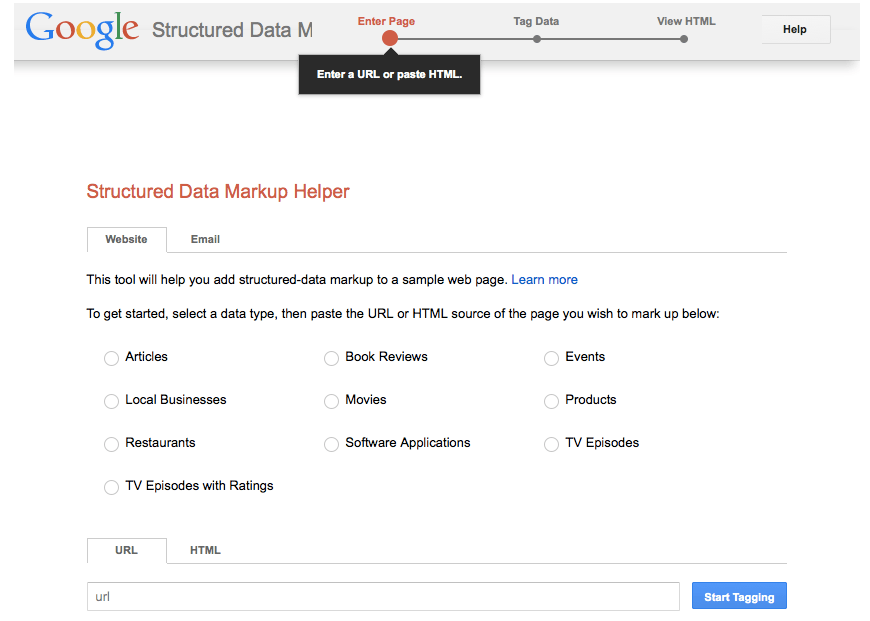
Search Engine Optimization (SEO) is the latest evolutions is called Schema Markup. This new form of optimization is one of the most powerful but least used forms of SEO available today. Once you understand the concept and method of Schema Markup, you can increase the visibility of your website in Search Engine Result Pages (SERPs).
What is Schema?
Schema Markup is a code (Semantic vocabulary) that lets you put search engines on your website to give more informative results for users. It is a method to ‘describe’ your content to search engine in a way they can understand it.
Here are some facts about Schema Markup:
Your website becomes Content Index and returns to Search Results. But with Schema Markup, some of that content gets indexed and comes back in a different way. Because Markup tells the search engine what that content means. Search Engine provides better results which show better information for that user.
Schema Markup was created by the website, Schema.org, Google, Bing and Yahoo’s affiliate team.
Schema Markup uses a unique semantic vocabulary in Microdata Format:
You do not need to learn any new Coding Skills. Web pages with markup still use HTML. The only difference is to add the Bitts of Schema.org Vocabulary to HTML Microdata.
Schema Markup was invented for users.
When a website has a Schema markup, then users can see in SERPs about what the website is about, where they are, what they do, how much content is spent, as well as other content. Search Engine is so that users can get the information needed. Schema Markup does exactly that.
Let’s understand why this is so important.
- Schema Markup helps your website improve for all types of content types.
- Websites that use Schema Markup will rank better in SERPs than companies with no markup websites.
- The website with Markup rank on average four steps above SERPs compared to the website without Schema Markup.
Let’s understand how to use Schema Markup on your website.
Your goal is to rank better, look better and perform better in front of SERPs and users.
To generate your schema code, you can use Google’s Structured Data Markup Helper

And, Follow these steps with your website.
- Visit Google’s Structured Data Markup Helper.
- Select the type of data that you are planning to markup.
- Paste the URL of the page or article you want to markup. If you have only HTML then you can paste it. Then click on “Start Tagging”.
It will load into the Page Markup Tool and will give you Workspace for the next step of the Markup – Tagging Items. You will see Data Items in your left pane in the Webpage and Right pane. - Select the type of elements to be marked up and highlight.
Since this content is an article, I am going to highlight the name of Article to add “Name” markup. When I finish highlighting, I select “Name” from ToolTip.
When I select “Name”, the tool adds it to “Data Items” in Right Pane. - Continue to add Markup Items. You probably will not be able to tag every item in the list. Just add whatever you can.
- When finished, click on “Create HTML”.
- In the next page, you will see the HTML of your page with the appropriate microdata inserted in the spots.
- When you click on “Finish” you will see a series of “Next Steps”.
- Use the Structured Data Testing Tool to find out what your page will look like with Added Markup.
- After pasting the code. The Testing Tool shows me how the article will look in Google Search Results:
After follows these steps you can create a script.
<script type="application/ld+json">
{
"@context" : "http://schema.org",
"@type" : "Article",
"name" : "DevOps Training In Bangalore",
"author" : {
"@type" : "Person",
"name" : "DevOpsSchool"
},
"datePublished" : "2016-09-16",
"image" : "https://www.devopsschool.com/assets/images/logo/logo.png",
"description": "DevOpsSchool is best online and classroom training provider with the most comprehensive learning system.",
"aggregateRating" : {
"@type" : "AggregateRating",
"ratingValue" : "4.7",
"ratingCount" : "153"
}
}
</script>
Then you can see them in Google search result.

Thanks.
For more information, visit this website: https://schema.org/